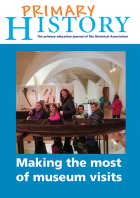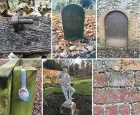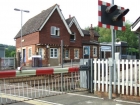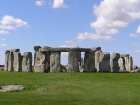Outside the classroom
Learning outside the classroom is not just about making visits. It is quite simply about the world beyond the classroom whether that is places, historic sites, museums and monuments. Opportunities for engaging children on the school field whether it is building shelters re-enacting events or creating a film or walking around the locality understanding how the landscape has affected or has been affected by people and events in the past.
-

Primary History summer resource 2022: Museum visits
ArticleClick to view -

How a history club can work for you and your pupils
ArticleClick to view -

Emerging historians in the outdoors
ArticleClick to view -

Using museum and heritage sites to promote higher-level learning at KS2
ArticleClick to view -

One of my favourite history places: Bournville
ArticleClick to view -

Home Front Legacy 1914-18
ArticleClick to view -

‘Not again!’ - an additional viewpoint on using railways
ArticleClick to view -

Teaching pre-history outside the classroom
ArticleClick to view -

One of my favourite history places: Mount Fitchet Castle
ArticleClick to view -

Learning Outside the Classroom
ArticleClick to view -

Teaching the First World War in the primary school
ArticleClick to view -

Using the back cover image: Mummified cat
ArticleClick to view -

Our Iron Age challenge
ArticleClick to view -

Using the back cover image: Oxford Street in the 1960s
ArticleClick to view -

TREE-mendous history!
ArticleClick to view -

Using cemeteries as a local history resource
ArticleClick to view -

Place-names and the National Curriculum for History
ArticleClick to view -

War memorials as a local history resource
ArticleClick to view -

Stone Age to Iron Age - overview and depth
ArticleClick to view -

Curriculum planning: How to write a new scheme of work for history
ArticleClick to view

